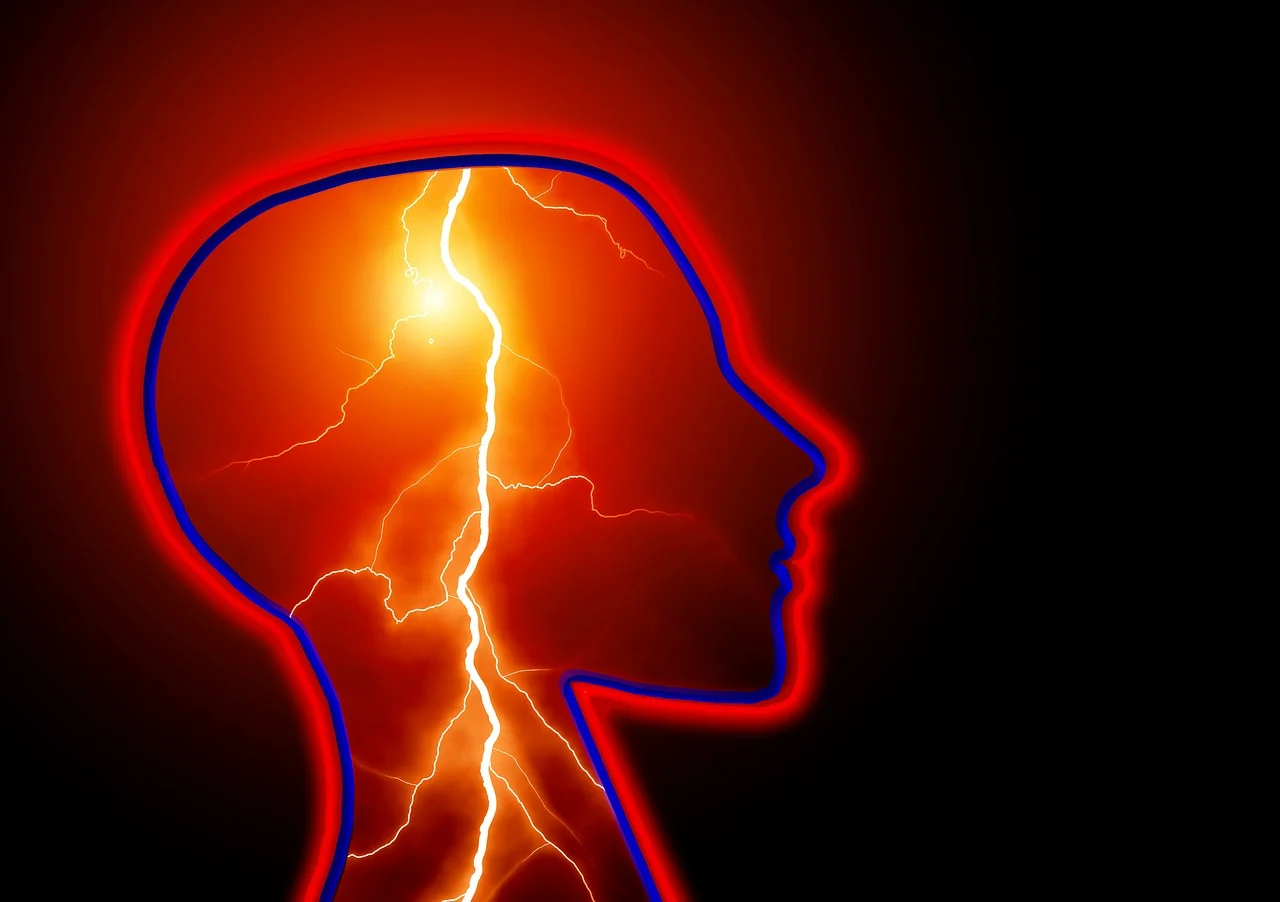预约演示
Precisis lines up EU approval for 'brain pacemaker' to treat epilepsy
2022-09-23

Preview
来源: FierceBiotech
The EASEE technology, which Heidelberg-based Precisis has termed a “brain pacemaker,” works by sending bioelectric pulses to stabilize the area of the brain linked to epileptic seizures.
Though drugs can help treat many cases of epilepsy, for the roughly 30% of patients with drug-resistant cases, it can take decades to find an effective alternative.
A neurostimulation system newly approved in Europe is aiming to change that. The EASEE system—named for its epicranial application of stimulation electrodes for epilepsy—was developed by Germany’s Precisis as a minimally invasive treatment for epilepsy that can be introduced in its early stages, as soon as multiple drug options fail.
With the EASEE system’s newly bestowed CE mark, the technology will be immediately available to adult epilepsy patients in the E.U., Precisis announced Friday.
The EASEE technology, which its Heidelberg-based maker has termed a “brain pacemaker,” works by sending bioelectric pulses to stabilize the area of the brain linked to epileptic seizures. It delivers two types of stimulation, neither of which can be felt by the patient: high-frequency pulses that arrive every two seconds to ward off oncoming seizures and longer phases that are applied for 20 minutes a day for long-term regulation of the brain. The pace and intensity of the pulses can be continuously adapted to each patient’s needs.
The system comprises a pulse generator that’s implanted in the chest area and connects through a cable to an electrode pad, which is placed just under the skin of the scalp to deliver the neurostimulation therapy. Both implants are placed during minimally invasive operations that can be completed back-to-back in the same procedure and that eliminate the need for drilling into the skull or physically interacting with the brain at all.
In a pair of clinical trials of the technology, about half of participants saw the frequency of their seizures cut by at least 50% after six months of using the EASEE system, and four patients were completely seizure-free. Almost all of the trials’ participants saw at least some improvement in their seizure frequency—with a median reduction of 52%—and only four of 31 experienced no benefit at all from the system.
“The low-risk implantation procedure and the outstandingly positive spectrum of side effects suggest that EASEE will be a future therapeutic option for drug-refractory focal epilepsies,” said Andreas Schulze-Bonhage, M.D., Ph.D., head of the epilepsy department at University Hospital Freiburg in Germany, who headed up the clinical studies.
With European approval locked down, the company has now turned its focus to its continued pursuit of regulatory clearance in the U.S.
Precisis is also looking to expand the current indication for the system, with plans to launch a study of its efficacy in children and teenagers later this year.
更多内容,请访问原始网站
文中所述内容并不反映新药情报库及其所属公司任何意见及观点,如有版权侵扰或错误之处,请及时联系我们,我们会在24小时内配合处理。
靶点
-药物
-Eureka LS:
全新生物医药AI Agent 覆盖科研全链路,让突破性发现快人一步
立即开始免费试用!
智慧芽新药情报库是智慧芽专为生命科学人士构建的基于AI的创新药情报平台,助您全方位提升您的研发与决策效率。
立即开始数据试用!
智慧芽新药库数据也通过智慧芽数据服务平台,以API或者数据包形式对外开放,助您更加充分利用智慧芽新药情报信息。



